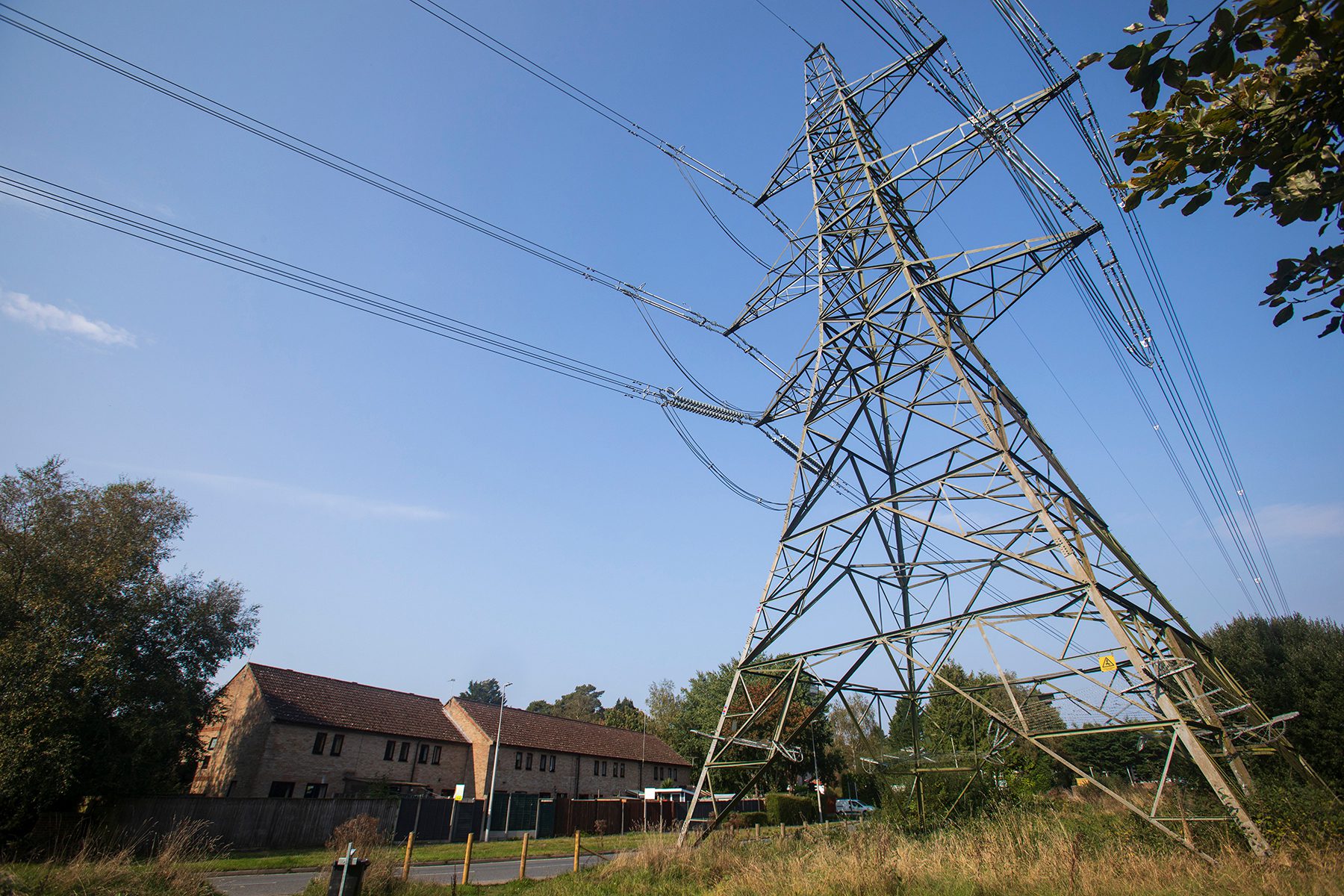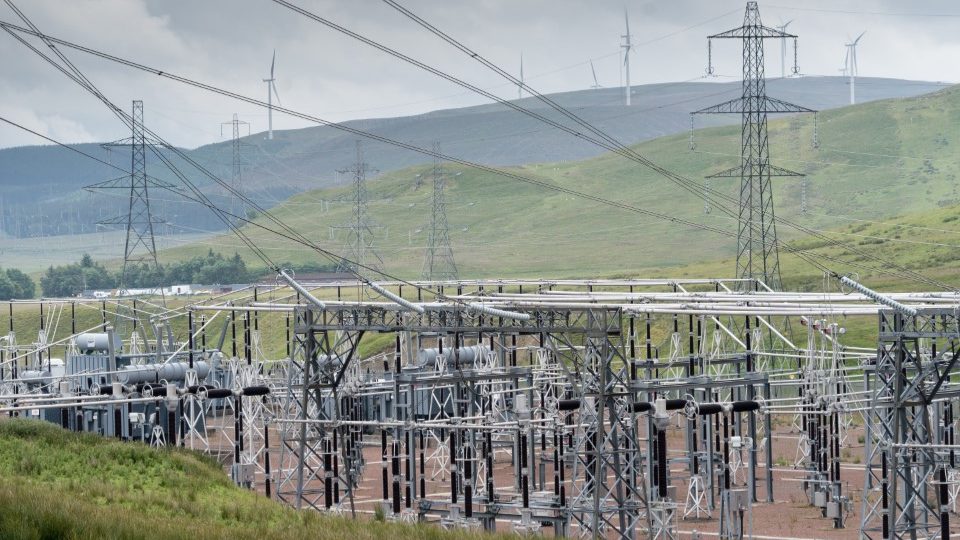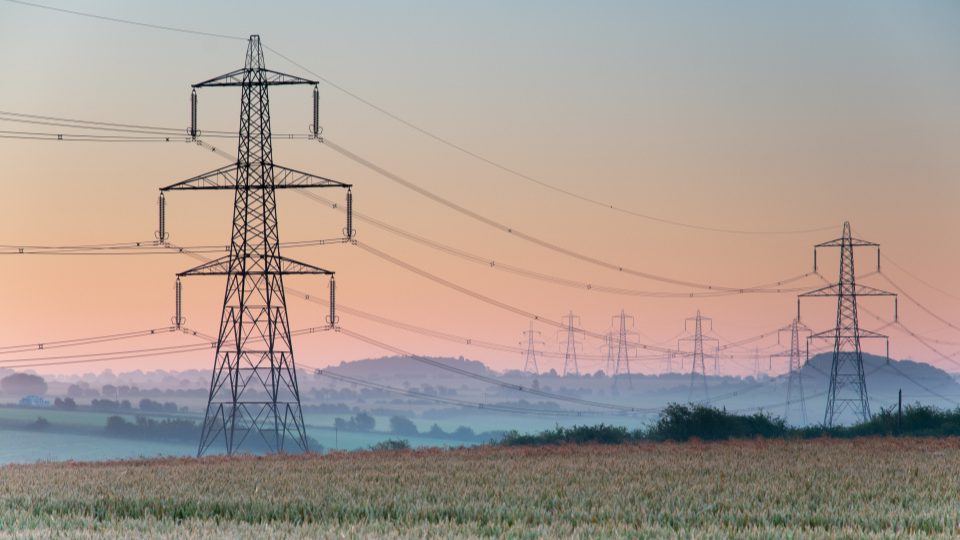
Electricity network infrastructure consultation: consents, land access and rights
01 October 2025Matthew Ducker, Director at Dalcour Maclaren, discusses the Department for Energy Security and Net Zero’s (DESNZ) Electricity Network Infrastructure Consultation, its potential impact on consent, land access and rights, and whether the reforms go far enough.
In this article:
- Key elements of the Electricity Network Infrastructure Consultation
- Do the consultation proposals go far enough?
- 5 ways the reforms will affect electricity network operators
- How DM can help operators prepare for change
The energy system is changing. By 2050, the UK is expected to consume twice as much energy as it does today. That will require four times the amount of clean generation, double the grid capacity and between 210,000 and 460,000km of additional distribution network cabling.
The Government has also set ambitious targets to cut carbon emissions by 68% by 2030 and reach Net Zero by 2050. In a rapidly evolving world, there’s also the requirement for greater energy security and more resilient networks.
To achieve those goals, the status quo needs to change. To that end, the Department for Energy Security and Net Zero (DESNZ) recently (8 July 2025) launched an Electricity Network Infrastructure Consultation.
Following an August 2022 Call for Evidence, it invited feedback on proposed reforms to how electricity network infrastructure interacts with private land and planning consent processes in the UK.
With more than 20 years of experience supporting network operators, we were proud to contribute to the evidence gathering and consultation processes. And, with the consultation period having now ended (2 September 2025), we would like to share our views on the proposed reforms and their potential impact on our clients.

Key elements of the Electricity Network Infrastructure Consultation
The consultation aims to modernise and streamline the current legislation around consents, land access and rights that network operators and their agents must follow. To do that, the reforms must balance two key priorities:
- Protecting landowners’ rights, local communities and environmental interests
- Accelerating the delivery of vital electricity infrastructure
As things stand, accessing land, gaining rights and securing planning consent to build and maintain electricity infrastructure are proving to be significant roadblocks to delivering the rapid expansion of clean power at the pace required to meet Government targets for Net Zero.
The Government’s consultation document details the potential reforms. Among those, the key proposals include:
Necessary wayleaves
Where an operator has been unable to reach an agreement with a landowner, a necessary wayleave enables an electricity generator, distributor or supplier to install and access electricity lines on private land.
The reforms propose to increase the term length of necessary wayleaves from 15 to 40 years. That will help to reduce the administrative burden of reapplications, and better reflect the long-term nature of network infrastructure.
Permitted development of substations
Currently, operators can construct substations up to 29 cubic metres under existing permitted development rights. However, that is often insufficient to deliver the required capacity. Rather than applying for express planning permission for a larger substation, operators often install additional substations to increase capacity. That comes at a greater financial and environmental cost.
To address this, the reforms propose allowing larger substations under permitted development rights. That will enable operators to deliver capacity upgrades without fragmented planning applications and delays.

Section 37 consents for overhead lines
The current regime requires operators to seek consent from the Secretary of State for even low-impact installations or modifications of overhead electricity lines. That makes the widescale upgrades of overhead lines a slow and protracted process.
The reforms propose to speed up the consent process by introducing exemptions for low-impact projects that remove the requirement for express approval. For example, upgrades that increase the minimum voltage from 6.6kV to 11kV, or that increase the height of small pole supports, will not require express permission if certain conditions are met.
Changing thresholds for Nationally Significant Infrastructure Projects (NSIPs)
Many small-scale developments are currently caught by the NSIP regime, creating additional delays and costs in the rollout of essential electricity infrastructure. That is influencing the design and location of projects, with sub-optimal locations sometimes chosen to avoid NSIP classification. That suggests that the thresholds for overhead line NSIPs are too low.
To relieve capacity constraints and speed up the delivery of projects, the consultation proposals suggest increasing the distance thresholds for inclusion from 2km to 10km. They also plan to remove 132kV wooden poles from the scope of NSIP altogether.
Do the consultation proposals go far enough?
Unlocking Britain’s clean energy future requires land rights and consents processes that are fair and proportionate. However, to deliver projects at the pace required, they also need to be purpose-built for speed and sustainability. While the reforms are heading in the right direction, my concern is that they don’t go far enough.
For example, one proposal is to increase the timescale that distribution network operators have to respond to a Notice to Remove from three to six months. While that’s an improvement, if there is a genuine requirement to relocate equipment, it still may not give the operator sufficient time to find an alternative route and put land rights in place.
Similarly, landowners often dispute where power lines should go across their property, and this is a common cause of delay. There’s a proposal to use photographs rather than physical site visits to agree on the positioning of the power lines. That’s a nice idea in theory. However, in practice, if there’s already a disagreement, it’s unlikely that there’ll be a consensus around the photographs. The photos could even become a stalling point in themselves.

Five ways the proposed reforms will impact electricity network operators
For electricity network operators, the consultation will raise questions around how effectively the proposed reforms will genuinely accelerate the delivery of infrastructure. Balancing speed with fairness while safeguarding environmental standards and landowner rights is no easy task.
Our expert team across planning and land rights are advising on the likely impacts of the reforms.
Matthew Ducker, a Director at DM with 15 years of experience applying for necessary wayleaves for new and existing gas and electricity infrastructure, believes that:
1. "The proposed reforms to necessary wayleaves are sensible, albeit not revolutionary. Where an operator has existing apparatus in place, a Notice to Remove can have significant implications. It is therefore appropriate that such notices clearly set out the landowner’s reasons for issuing them, and that operators are given adequate time to prepare and submit a well-considered wayleave application in response.
2. “There is also uncertainty as to whether the cumulative impact of these reforms will be sufficient to deliver the step change in pace that’s required. However, they are a positive step that offers a series of targeted and pragmatic changes which, when taken together, could improve the delivery of consents. Whether it will facilitate delivery ‘at pace’ remains to be seen.”
Gemma Barnfield, an Associate Director at DM who heads up a delivery group of DNO clients, is cautious about the reforms:
3. “It’s great to see that efforts are being made to review land rights and consents processes for the electricity network, and it will go some way to assisting with the delivery of works. That said, even if the proposed changes are implemented, the legislation is still very restrictive.
One of my biggest blockers for DNO clients is the vast number of schemes that are triggering section 37 consents, so I really hope that this review of the exemptions leads to a more pragmatic approach”.
Lucy Davies, Senior Planner at DM, provides specialist guidance to clients on planning regulations, development rights and environmental consents. She questions whether the reforms go far enough:
4. “We welcome the direction of travel set out in the consultation, but this must be viewed as a starting point. To truly enable the scale of development required, further reform is needed - not only in policy, but within the planning profession itself.
That includes increased funding for local planning authorities, targeted training on the nuances of energy infrastructure and a recruitment drive to alleviate pressure and build capacity across councils. Only then can we create a planning system that is fit for purpose, responsive to national infrastructure needs and aligned with the ambitions of a low-carbon future.”
Oliver Heselton, a Director with more than 30 years of experience in energy infrastructure, is cautiously optimistic about the direction things are heading:
5. “There is a huge amount going on in the world of transmission and distribution, with a real focus from the Government on planning and land rights reform to deliver what is required for Clean Power 2030 and ultimately Net Zero.
There is also a real recognition across the industry and Government that we need to develop projects faster if we are to hit the targets. The changes being proposed are mostly positive and will help us and our clients on that journey. That said, I think further reform and greater changes to primary legislation may be required if we are to achieve those targets.”
How DM can help you prepare
Whatever the reforms bring, at Dalcour Maclaren, we’re well placed to help you capitalise on the opportunities and mitigate the risks.
Over the past 23 years, we have built up the systems, processes and knowledge to overcome land consent challenges. That broad range of expertise enables us to deliver a unified approach, from early stakeholder engagement and environmental assessment to land rights negotiation, compensation and the delivery of consents.
Integrating these disciplines under one roof creates a smoother pathway for clients navigating complex and evolving legislation while reducing the risk of delays and unforeseen costs. Our experience across the full lifecycle of electricity network projects also allows us to adapt quickly to change, so that you can move forward with confidence and at pace.
Service Specialist
